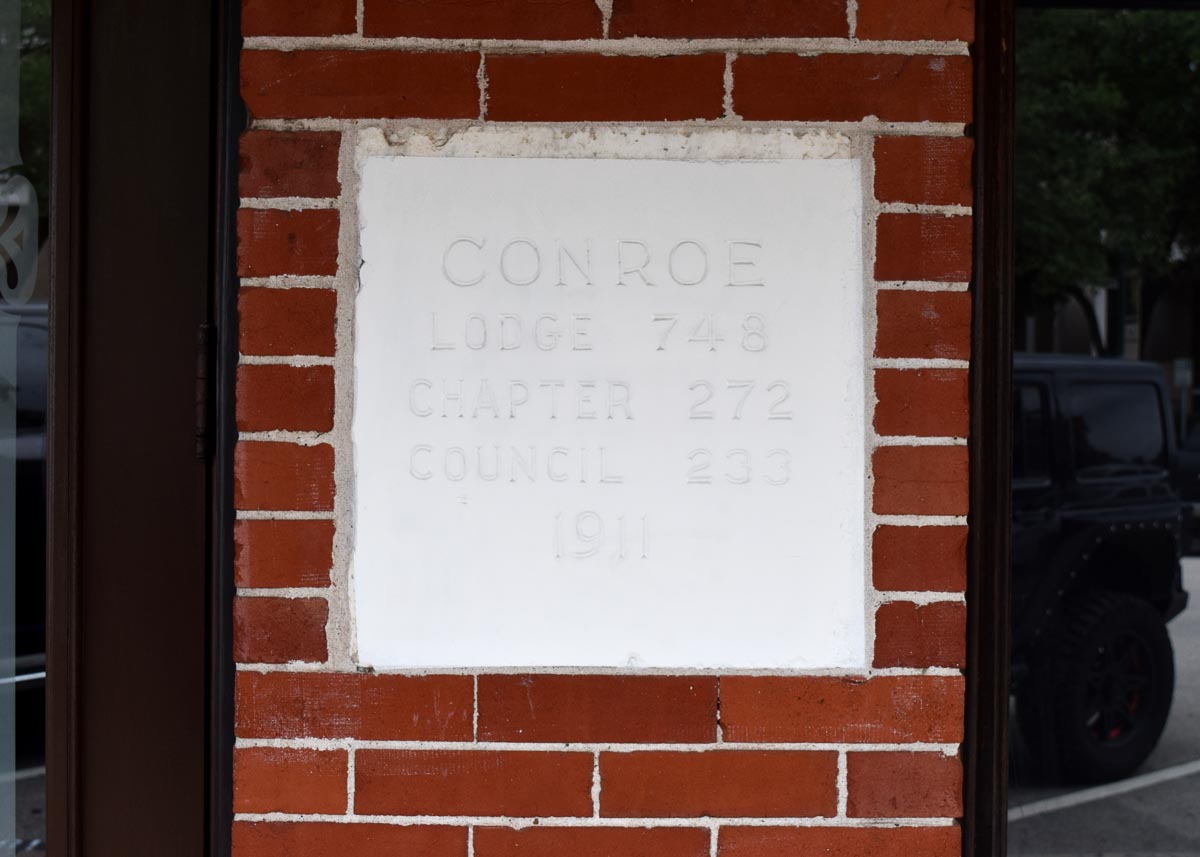Among the hullaballoo of last month's announcement that Conroe, a city of 82,286 that sits about 40 miles north of Houston, was named the fastest-growing city in the U.S. by the U.S. Census Bureau, some citizens weren't surprised. They even found it odd others hadn't figured it out sooner.
"It just makes sense," Barbara Critchlow, an antiques dealer at Conroe Central Market said. "The community around here is so tight knit. We have a good community, good school districts and people that own houses aren't cramped up with their neighbors."
Between 2015 and 2016, Conroe's population grew by 7.8 percent, 11 times more than the national average.
With its proximity to The Woodlands, living in Conroe is the best of both worlds, said Critchlow, who credits the amenities in The Woodlands to the growth in Conroe's population.
"We're just far enough away to where we still have that small-town feel, but if we want to do things, we can just go (to The Woodlands)," she said.
Affordable living could be at the core of the growth. Research from the Urban Land Institute reported a 10.8 percent growth in the millennial population in Houston's suburbs, attributing it to new, mixed-use development that the older millennial population — those that are married and now starting families — so heavily seek.
According to the Kinder Houston Area Survey, 50 percent of Houstonians would rather live in "a smaller home in a more urbanized area, within walking distance of shops and workplaces rather than in a single-family home with a big yard where you would need to drive almost everywhere you want to go."
Amel Toukabri, a demographer in the Census Bureau's population division, said cities in the South grew at a faster rate than any other U.S. region, according to a news release from the U.S. Census Bureau.
“Since the 2010 Census, the population in large southern cities grew by an average of 9.4 percent," Toukabri said. "In comparison, cities in the West grew 7.3 percent, while cities in the Northeast and Midwest had much lower growth rates at 1.8 percent and 3.0 percent respectively.”
The Census will release numbers later this summer with population estimates categorized by age, sex, race and Hispanic origin for the nation, states and counties.
As for Critchlow, she's leaving the Conroe area after five-and-a-half years to be closer to her grandchildren. For her, it's time.
"But, don't get me wrong," she said. "I loved my time here."

